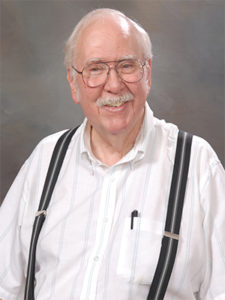I am opening a series of MacDondald’s hamburger shoppes, and wish to place them so they are readily available to the public. I hired a company to measure the times it takes for people to get from major points throughout the city to other points, and they gave me the time map below. Thus from the map I see that it would take a customer 5 minutes to get from H to I. Regardless of costs, I must have a shoppe no farther away than 15 minutes travel time FROM the customer TO the shoppe. I don’t care how long it takes them to get home. To build a shoppe at some of the locations will be more expensive than others because of land costs. Costs, in thousands, to build are: A = B = C = I = $200,000. D = F = H = $500,000, G = $800,000, E = $1,200,000. Set up the LP solution to determine where to build the shoppes.







